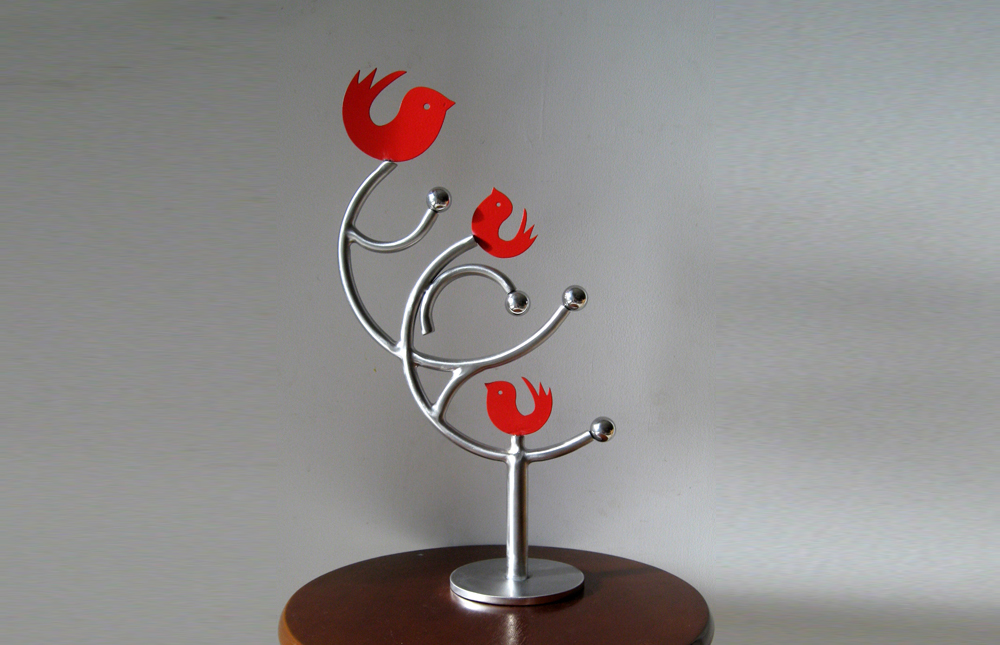A Good Taste and a Fair business sense - that is all that takes to make a smart investment in art. It is a myth that as a pre-requisite for buying art, one has to have a great art vocabulary, with the history of the evolution of art on the fingertips and a knowledge bank to distinguish one art form from another. It is instead a simpler theory.
Investing in art is like investing in your own sense of aesthetics. It is a possession, that apart from being appreciated for owning, you will also derive personal pleasure from. And while being a lifetime of visual delight, it can be a valuable article of trade.
Collecting art can be one of the most enjoyable investments. However, similar to the trade of other commodities, trading in art is also subject to market pressures and unpredictability of its value. It is as easy for an artist to lose value, as is for it to gain profit. So, if you are planning to make an investment in a piece of art it is important to gauge the fluctuation in its market value. Keep in mind these few factors when you begin looking for an artwork to invest in
The Aesthetical Content - What may aesthetically appeal a lot to you, may not be the most marketable piece of art. It is, therefore, necessary, especially if you plan to resell a work of art, to develop a certain basic popular taste before you think of investing. Visit as many art galleries and Exhibitions as you can, to make sure you have seen enough art forms and styles to gauge what you like and what you don't. Zero on something, which has a generic aesthetical content but at the same time fits your fancy.
Do not indulge in impulsive buying. Buy something you really like - a piece of art you can think of living with for a lifetime. Your attraction to the piece should not short-lived. It is important for a piece of art to grow on you as much as it is necessary for it to grow in value. Only that, in the real sense of the word, would be a smart investment.
The Artist - The most profitable of deals, according to art experts, are made with lesser-known artists. Their works to begin with cost less as compared to the works of celebrated artists and have a good shot of rising in value later. For beginners, however, it is important to learn more about the artist and his art before you pick up his works. Also, it is important to consider his reputation and status in the media and art community. Usually, artists represented by art galleries are more sought after.
The authenticity of a piece -It goes without saying that an original piece of work is the only way to smart investment in art. It is a misconception that good reproductions and reprints have a resale value. Reproductions and reprints serve purely decorative purposes. On rare occasions, reprints may make a profit on resale but provided the artist's signature are original. Reproductions of old masterpieces, however, well they may be done, are therefore non-profit investments.
While buying an original piece of work, insist on some form of a document from the gallery or the artist himself that establishes you as the owner of the original piece. This is necessary to ensure that the value of the piece grows proportionally with the increasing value of the artist. Also, this would avoid any scams and fake reprints of the piece, which may result in devaluing its worth.
Availability of a piece - A simple rule applies here - what is rare, is also more expensive. Original Old master artworks are definitely highest in the cost bracket but they are usually very expensive unaffordable for most young art enthusiasts. Go for Limited edition prints. These are likely to cost you less yet would increase in value after the last piece is sold. Works available in unlimited editions can cost even lesser but are unlikely to grow in their value due to easy availability.
It is true that investing in art, like all other investments, has its own share of unpredictability and risk factors but one thing that sets it apart as a trade is the intrinsic value that any work of art possesses. Art can be a lifetime of a treasure. It may devalue in price however it will never lose its worth as a creation of an artist's imagination and its merit as an appreciation of a buyer's taste. Develop a taste in art, be aware of the market and rest assured, you can be a proud owner of an artwork which would not only fish you compliment for your taste but also fetch you huge profits when you pass it on to other art enthusiasts.

